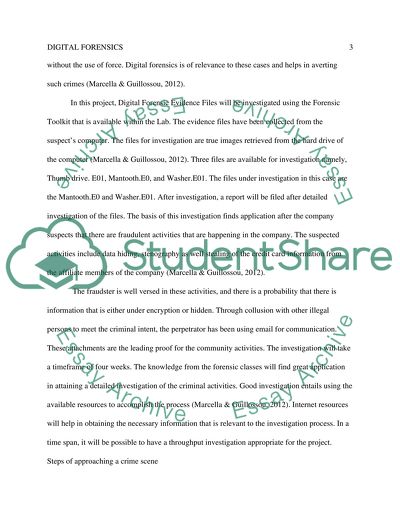Cite this document
(“Forensics project Essay Example | Topics and Well Written Essays - 1500 words”, n.d.)
Retrieved from https://studentshare.org/information-technology/1647361-forensics-project
Retrieved from https://studentshare.org/information-technology/1647361-forensics-project
(Forensics Project Essay Example | Topics and Well Written Essays - 1500 Words)
https://studentshare.org/information-technology/1647361-forensics-project.
https://studentshare.org/information-technology/1647361-forensics-project.
“Forensics Project Essay Example | Topics and Well Written Essays - 1500 Words”, n.d. https://studentshare.org/information-technology/1647361-forensics-project.


